The Paeonia Guide
Paeonia, commonly known as peony, is a timeless garden favorite cherished for its extravagant blooms, lush foliage, and impressive longevity. With fragrant, rose-like flowers in a spectrum of hues—from snowy white to coral, pink, red, and yellow—peonies are celebrated for their romantic presence in perennial borders and cutting gardens. Their blooms are among the most photographed in spring and early summer landscapes.
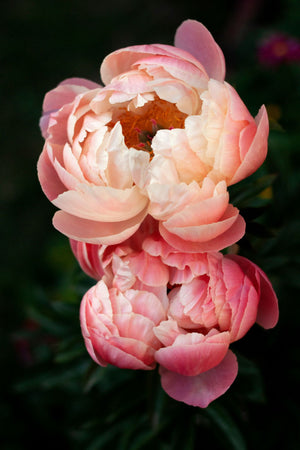
About
The genus Paeonia includes three primary types: herbaceous peonies (Paeonia lactiflora), tree peonies (Paeonia suffruticosa), and intersectional hybrids, also known as Itoh peonies (Paeonia x hybrids).
- Herbaceous Peonies die back to the ground in winter and reemerge each spring. Classic varieties like 'Sarah Bernhardt', 'Karl Rosenfield', and 'Festiva Maxima' are longtime garden staples known for their reliable blooms and bold color.
- Tree Peonies form woody stems that remain year-round. With large, crepe-like blooms in shades such as 'Lavender', 'Salmon', and 'White', these shrubs offer an earlier and often more exotic flower display.
- Itoh Peonies are hybrids between herbaceous and tree peonies, known for their sturdy stems, enormous blooms, and extended flowering season. Varieties like 'Bartzella', 'Cora Louise', and 'Julia Rose' are among the most sought-after modern cultivars.
Peonies are not only breathtaking in bloom but also offer attractive foliage through summer and fall. With minimal care, they can thrive for decades in the same location.
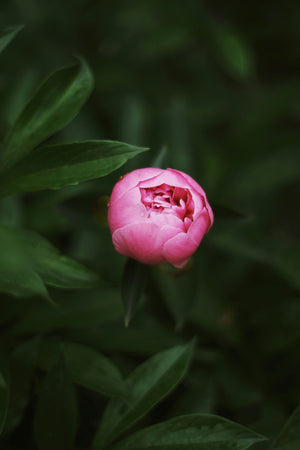
PLANTING
Peonies benefit from proper placement and patience, as they may take a couple of years to settle before producing their best flowers:
- USDA Hardiness Zones: Hardy in Zones 3–8. Some tree peonies may tolerate Zone 9 with protection.
- Soil: Peonies prefer well-drained, fertile soil with a neutral to slightly alkaline pH. Avoid wet, heavy clay that can rot roots.
- Sunlight: Full sun is best for abundant flowering. Tree peonies tolerate light afternoon shade in hot climates.
- Spacing: Space 3–4 feet apart to allow for mature growth and good air circulation.
- Planting Time: Plant bareroot peonies in fall or early spring. Ensure that the eyes (buds) on herbaceous peonies are no more than 1–2 inches below soil level.
Avoid disturbing peonies once planted—root division or transplanting can set them back several years in bloom performance.
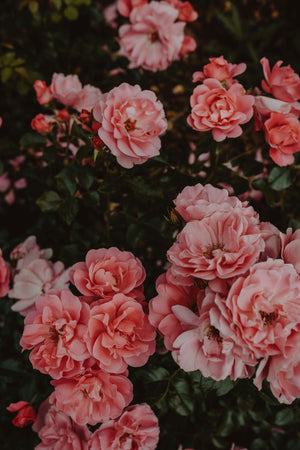
CARE
Once established, peonies are among the easiest perennials to grow. Consistent care ensures healthy plants and vibrant blooms:
- Watering: Water deeply once a week in the growing season, especially during dry spells. Avoid overwatering.
- Fertilizing: Apply a balanced fertilizer in early spring and again after blooming. Avoid excessive nitrogen, which can reduce flowering.
- Staking: Double or bomb-type peonies with large blooms often benefit from staking or support rings to prevent flopping.
- Pruning: Cut back herbaceous peonies to the ground in fall to prevent disease. Remove spent blooms to maintain appearance.
- Winter Care: Mulch newly planted peonies lightly in their first winter; established plants typically need no protection.
Itoh peonies die back like herbaceous types but have woody root systems that require similar treatment. Tree peonies should only be pruned lightly to shape.
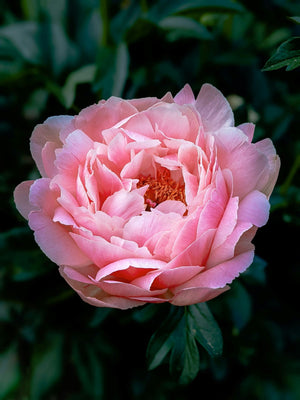
HOW TO USE
Peonies add grandeur, fragrance, and old-world charm to the garden. Their versatility allows for many applications:
- Focal Points: Use 'Bowl of Cream' or 'Red Charm' in mixed borders where their large flowers can draw attention.
- Cutting Gardens: Peonies like 'Charlie's White', 'Monsieur Jules Elie', and 'Buckeye Belle' are outstanding cut flowers.
- Mixed Borders: Combine with irises, alliums, delphiniums, and lady’s mantle for layered seasonal impact.
- Shrub Borders: Tree peonies like 'Pink', 'Dark Red', or 'White' add structure and exotic flair.
- Foundation Plantings: Itoh varieties such as 'Keiko', 'Singing in the Rain', or 'Old Rose Dandy' are perfect for foundation beds thanks to their compact, mounding form.
Peonies pair well with spring bulbs, roses, hardy geraniums, and ornamental grasses for year-round texture.
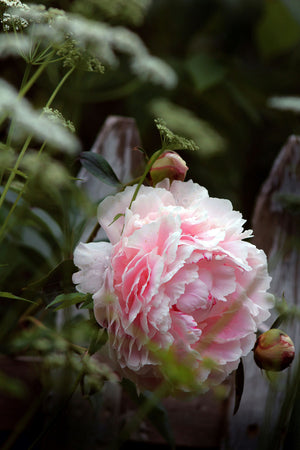
COMMON QUESTIONS
- How to grow paeonia? Plant in full sun, well-drained soil, and allow space for airflow. Water consistently and avoid planting too deeply.
- Where to plant paeonia? Choose a sunny, sheltered spot with good soil. Avoid areas with standing water or root competition from trees.
- Do deer eat paeonia? Peonies are generally deer resistant due to their tough, bitter foliage.
- Do rabbits eat paeonia? Rabbits rarely eat peony plants, though young shoots may occasionally be sampled.
- Is paeonia toxic to dogs? Yes, all parts of the peony plant can be mildly toxic to dogs if ingested.
- Is paeonia toxic to cats? Yes, peonies are also mildly toxic to cats, potentially causing stomach upset.
- How tall can paeonia get? Herbaceous peonies grow 2–4 feet tall, tree peonies may reach 4–6 feet, and Itoh types generally stay around 2.5–3 feet tall.
- How to propagate paeonia? Divide herbaceous or Itoh peonies in early fall by digging up clumps and slicing the crown with 3–5 eyes per division. Tree peonies are best propagated by grafting or from seed.
Conclusion
Paeonia is an enduring garden classic that delivers unmatched spring beauty, fragrance, and longevity. With varieties spanning lush herbaceous types, stately tree peonies, and robust Itoh hybrids, there's a peony to suit nearly every garden style. Their long life, low maintenance, and ability to produce dazzling blooms year after year make them an essential plant for temperate landscapes.
The Paeonia Collection
Sold Out
Sold Out
Sold Out
Sold Out
Sold Out
Sold Out






